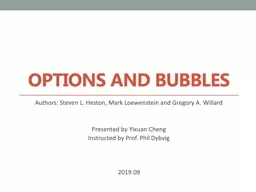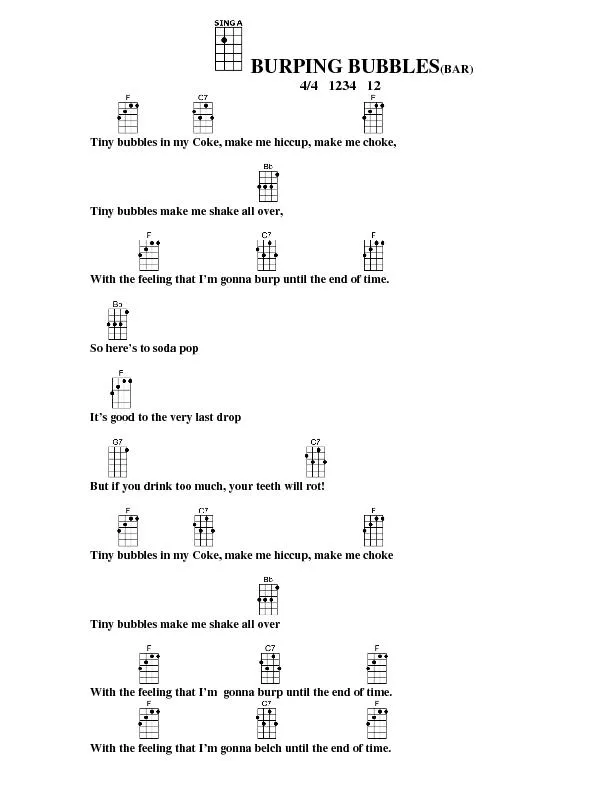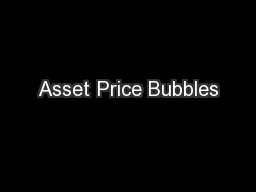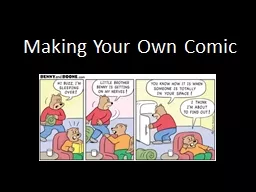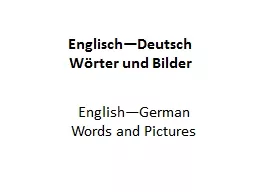PPT-Options and Bubbles
Author : tatyana-admore | Published Date : 2019-11-23
Options and Bubbles Authors Steven L Heston Mark Loewenstein and Gregory A Willard Presented by Yixuan Cheng Instructed by Prof Phil Dybvig 201909 Contents 1 Where
Presentation Embed Code
Download Presentation
Download Presentation The PPT/PDF document "Options and Bubbles" is the property of its rightful owner. Permission is granted to download and print the materials on this website for personal, non-commercial use only, and to display it on your personal computer provided you do not modify the materials and that you retain all copyright notices contained in the materials. By downloading content from our website, you accept the terms of this agreement.
Options and Bubbles: Transcript
Download Rules Of Document
"Options and Bubbles"The content belongs to its owner. You may download and print it for personal use, without modification, and keep all copyright notices. By downloading, you agree to these terms.
Related Documents

